Indochina Junction is located in Bo Y commune, Ngoc Hoi district, Kon Tum province, the junction of three Indochina countries including Vietnam, Laos and Cambodia.
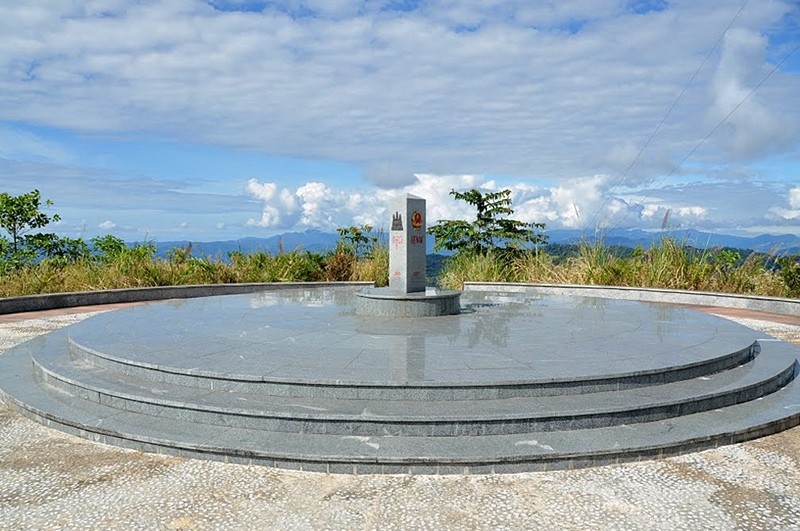 |
| The Vietnam - Cambodia - Laos border landmark is located at the Indochina junction. |
As a junction between three Indochinese countries, including Vietnam, Cambodia and Laos, the Indochina junction is known as the place where “a rooster crows and three countries can hear it”. Perhaps because of this, the Indochina junction has become an attractive destination attracting many tourists who are passionate about traveling, exploring and experiencing new things.
Speaking of the Central Highlands, people will surely immediately remember a sunny and windy plateau filled with the scent of coffee flowers, or remember the solemn sound of gongs resounding during every festival of the villages in the great forest. Not only that, the Central Highlands also has a destination that the travel community is eager to conquer, which is the Indochina junction - a tourist attraction in Kon Tum that is loved by many tourists.
The Indochina junction is located in Bo Y commune, Ngoc Hoi district, Kon Tum province. It is called the Indochina junction because this is the junction of three Indochinese countries including Vietnam, Laos and Cambodia. A common landmark between the three countries was built here on a hill 1,086m above sea level. The landmark is the junction of three provinces: Kon Tum (Vietnam), Ratanakiri (Cambodia) and Attapeu (Laos).
This landmark was constructed by Kon Tum province in December 2007 and completed in early 2008, under the supervision of experts from the three countries sharing the border. The special landmark weighs 900 kg, is made of triangular granite, 2 meters high, and on each side of the landmark facing each country is a solemn national emblem, the year the landmark was established, and the name of that country in red letters of that country. The border junction is a symbol that clearly shows the will, aspirations, and determination of the Governments and people of the three countries in goodwill to cooperate to resolve the border and territorial issues, and is a testament to the trust, understanding, and spirit of friendly cooperation between Vietnam, Cambodia, and Laos.
The road to the Indochina junction is not too difficult. While driving, visitors can freely admire the majestic mountain scenery appearing right before their eyes. Next, visitors will climb the stairs to reach the most sacred image of the Fatherland's border.
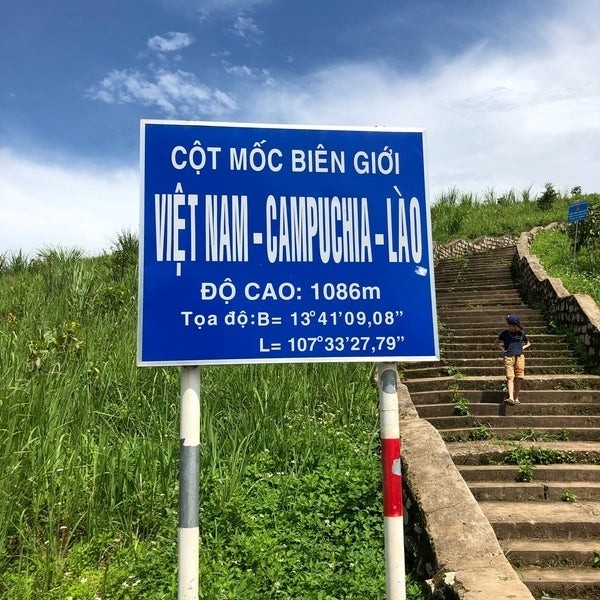 |
| Road to the Vietnam - Cambodia - Laos border marker. |
Located in the intersection between the highland climate and the tropical monsoon climate, Kon Tum currently has two distinct seasons: the rainy season and the dry season. Many tourists will choose to travel to Kon Tum around October - November of the lunar calendar when the fields here have entered the harvest season. At this time, standing from the high border marker, visitors will be able to admire the entire fertile, green Indochina junction. This will probably be the most peaceful scene that any tourist would want to admire.
In addition, many tourists choose to explore the Indochina junction in December because at this time they will have the opportunity to admire the hillsides of wild sunflowers blooming bright yellow across the sky. In addition, tourists can also participate in and experience the extremely unique festival activities here at the end of the year.
In addition to the Indochina junction, visitors to this land can also experience and visit the Plei Kan Victory Historical Site (ranked at the national level), visit the former Ben Het base; the Truong Son Martyrs Memorial and the Bo Y International Border Gate...
Along with that, tourists can also visit and experience the unique cultural features of the ethnic groups in Ngoc Hoi district. There are 17 ethnic groups living together here with the unique cultural features of each group preserved and promoted.
These are stilt houses preserved through many generations, very typical and unique festivals held on village occasions, such as the festival to celebrate the new communal house, the buffalo stabbing festival of the Gie - Trieng ethnic group, the festival to celebrate rice entering the warehouse of the Brau ethnic group...
It is also a culinary culture with grilled meat, bamboo rice, intoxicated with the unforgettable aroma of rice wine and in harmony with the dance, the gong beat with boys and girls in traditional costumes by the flickering, shimmering fire...
Source


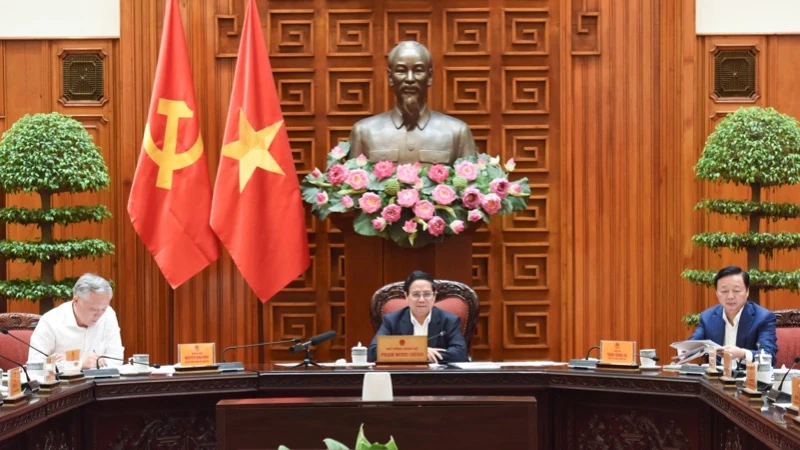
![[Photo] Unique folk games at Chuong Village Festival](https://vstatic.vietnam.vn/vietnam/resource/IMAGE/2025/4/10/cff805a06fdd443b9474c017f98075a4)
![[Photo] Prime Minister Pham Minh Chinh chairs meeting to discuss tax solutions for Vietnam's import and export goods](https://vstatic.vietnam.vn/vietnam/resource/IMAGE/2025/4/10/19b9ed81ca2940b79fb8a0b9ccef539a)


![[Photo] Phuc Tho mulberry season – Sweet fruit from green agriculture](https://vstatic.vietnam.vn/vietnam/resource/IMAGE/2025/4/10/1710a51d63c84a5a92de1b9b4caaf3e5)
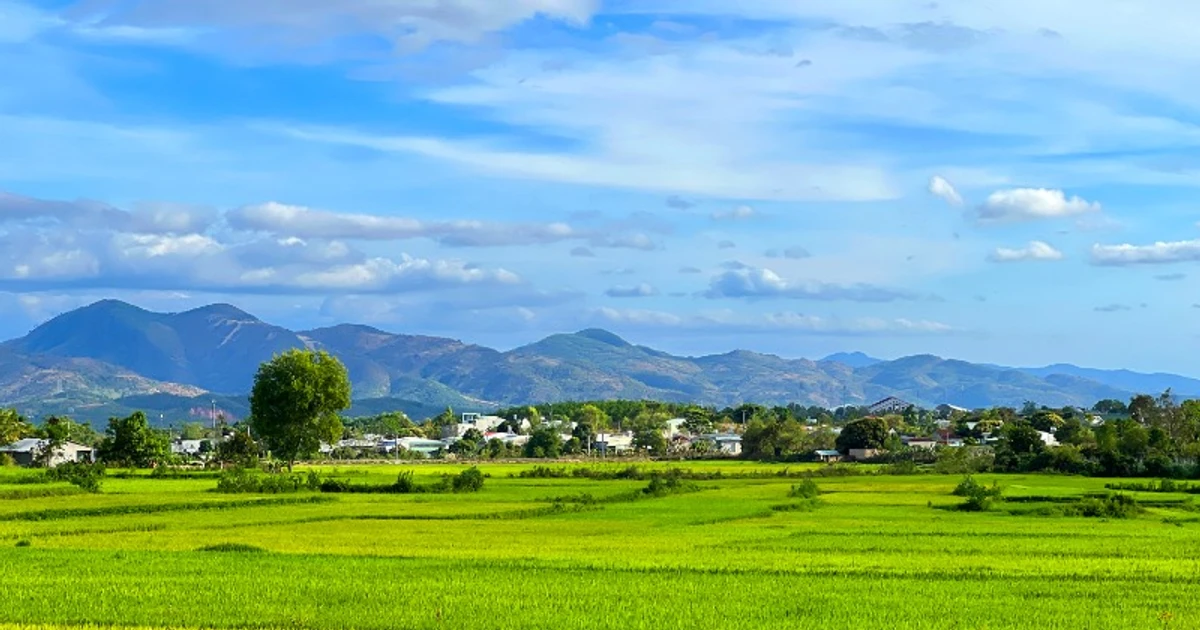

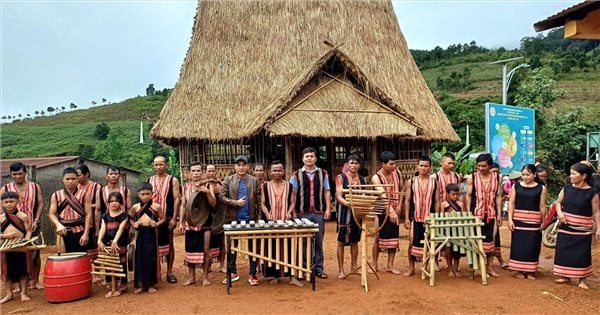

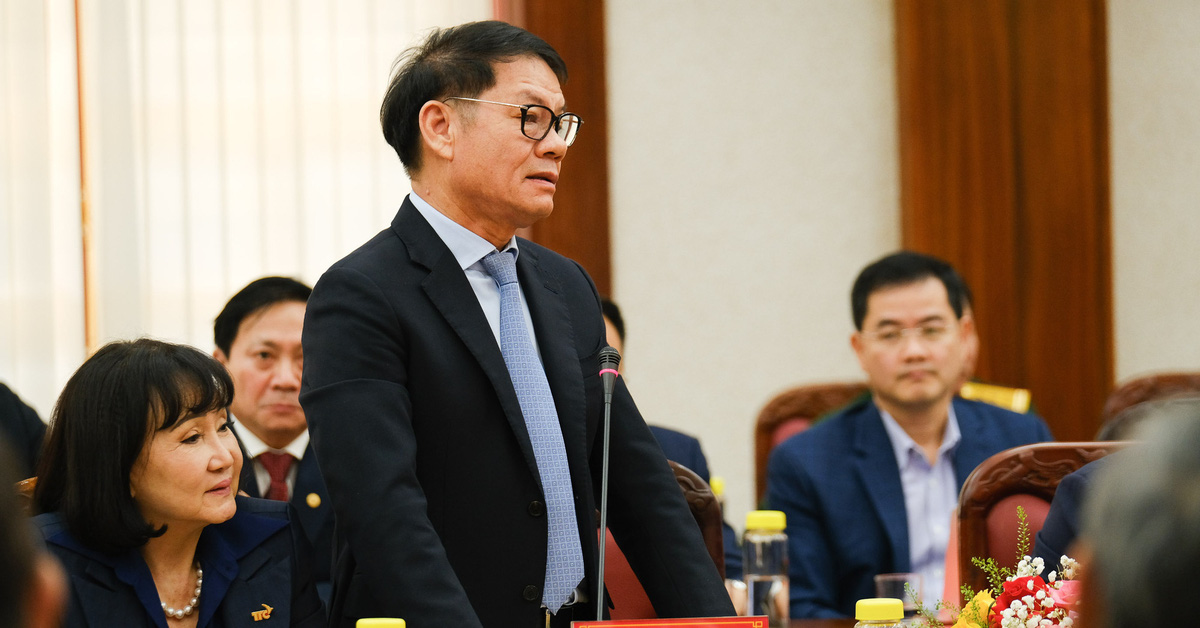
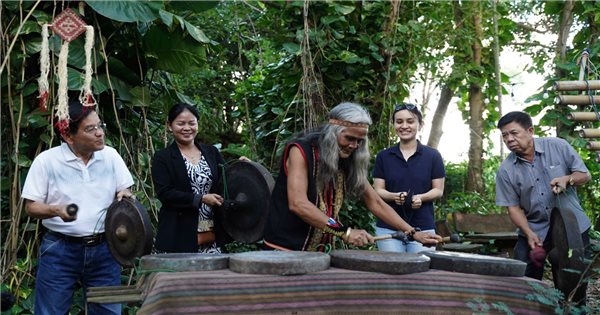
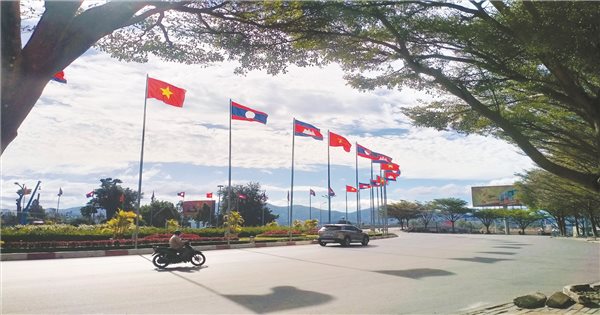
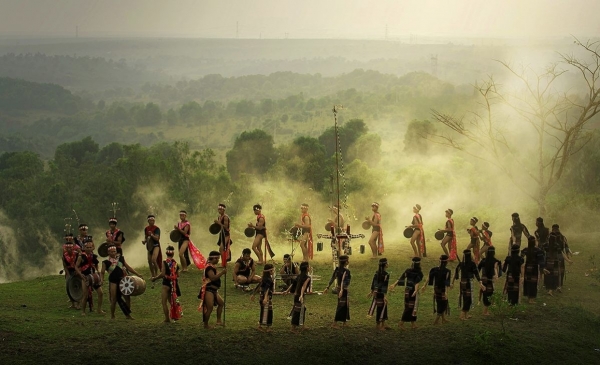
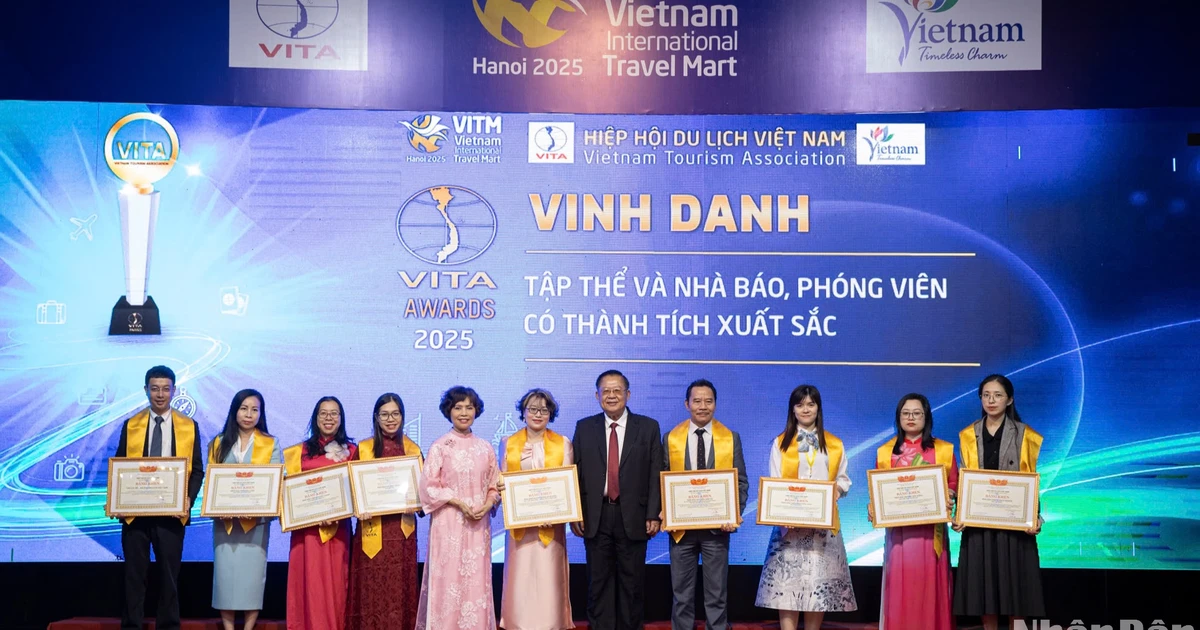
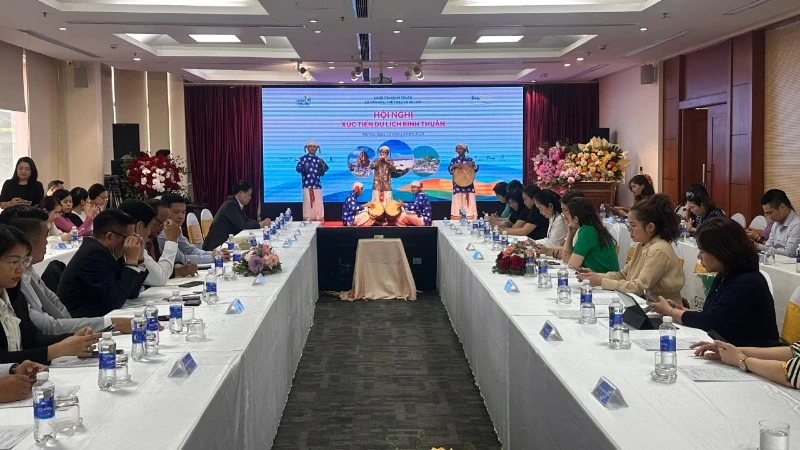
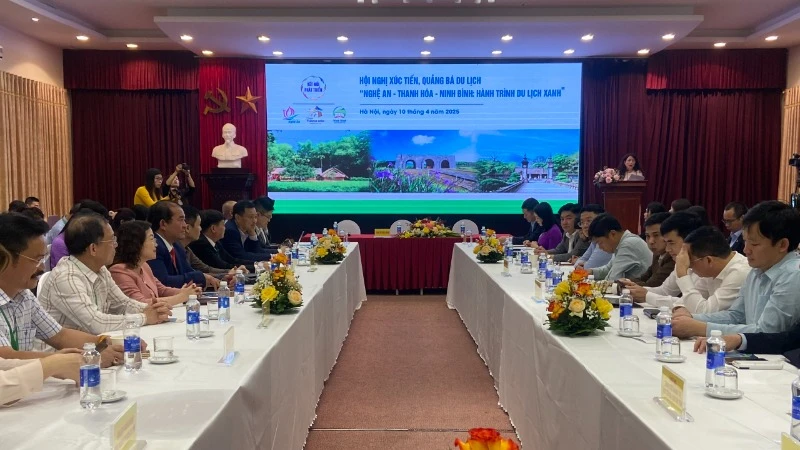

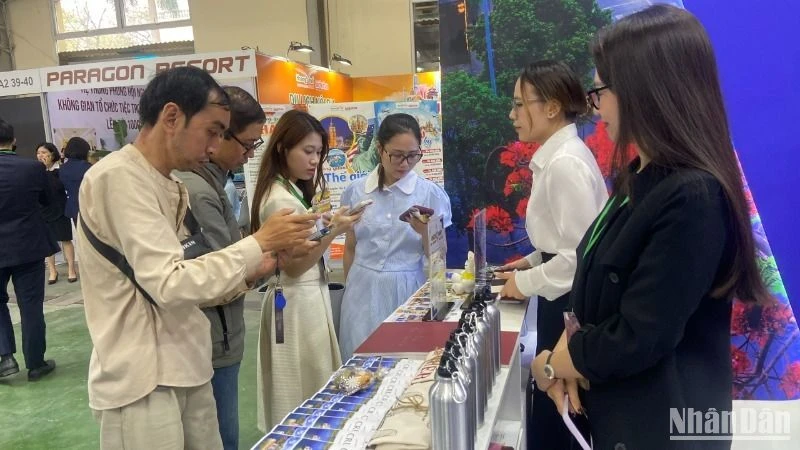
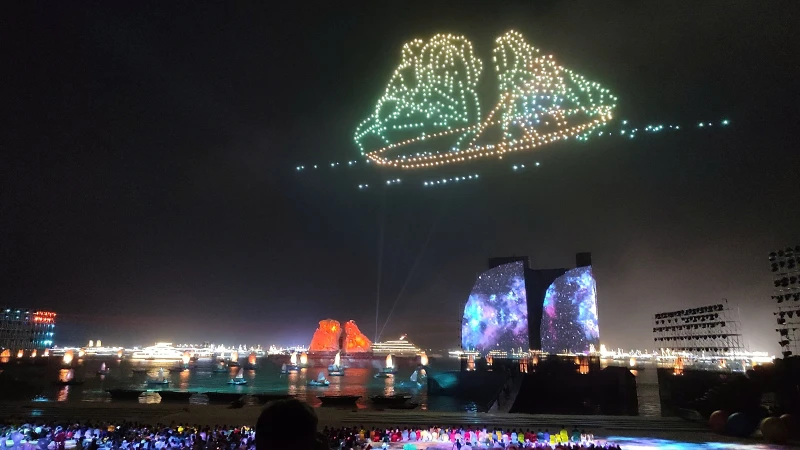




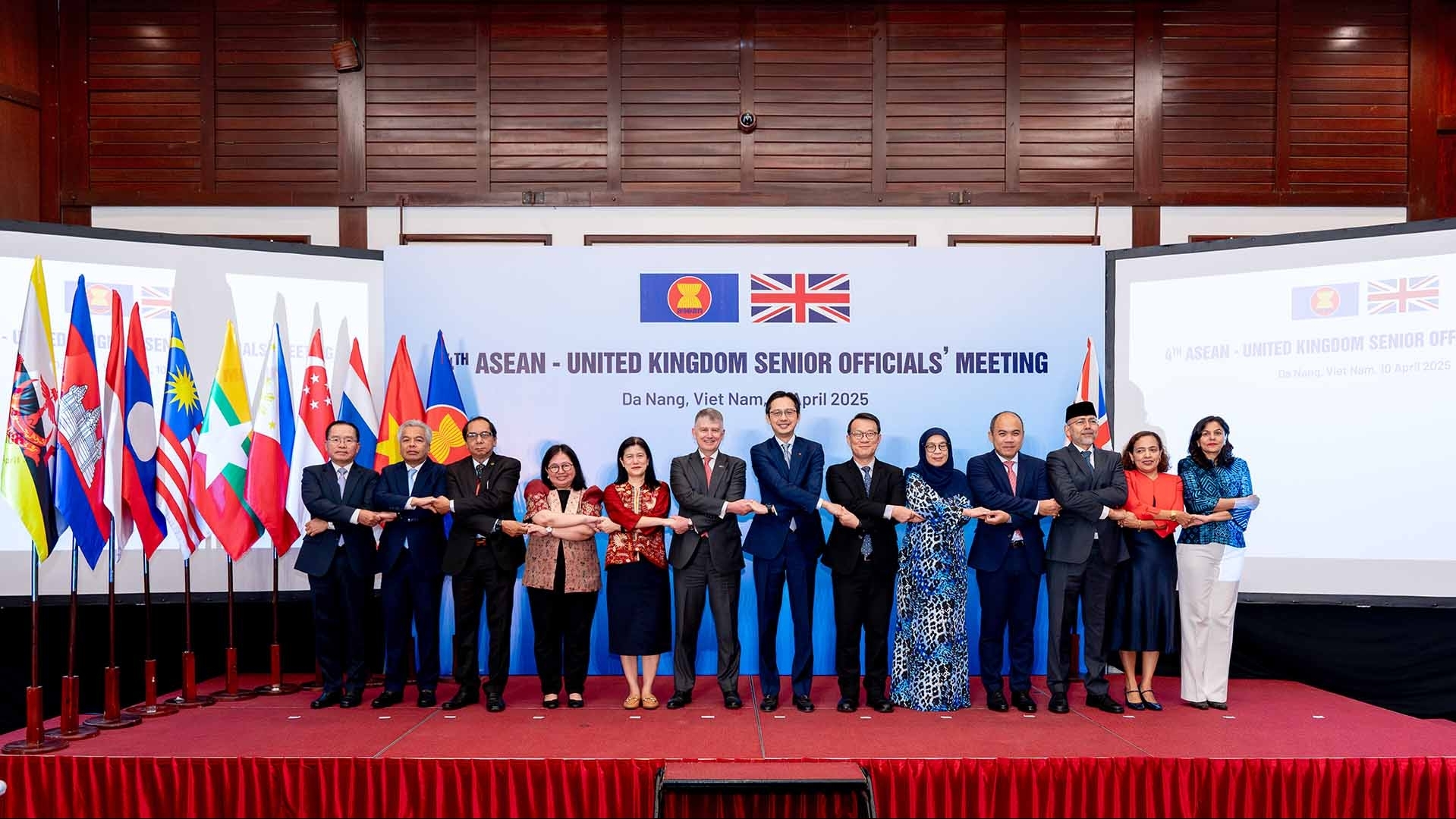
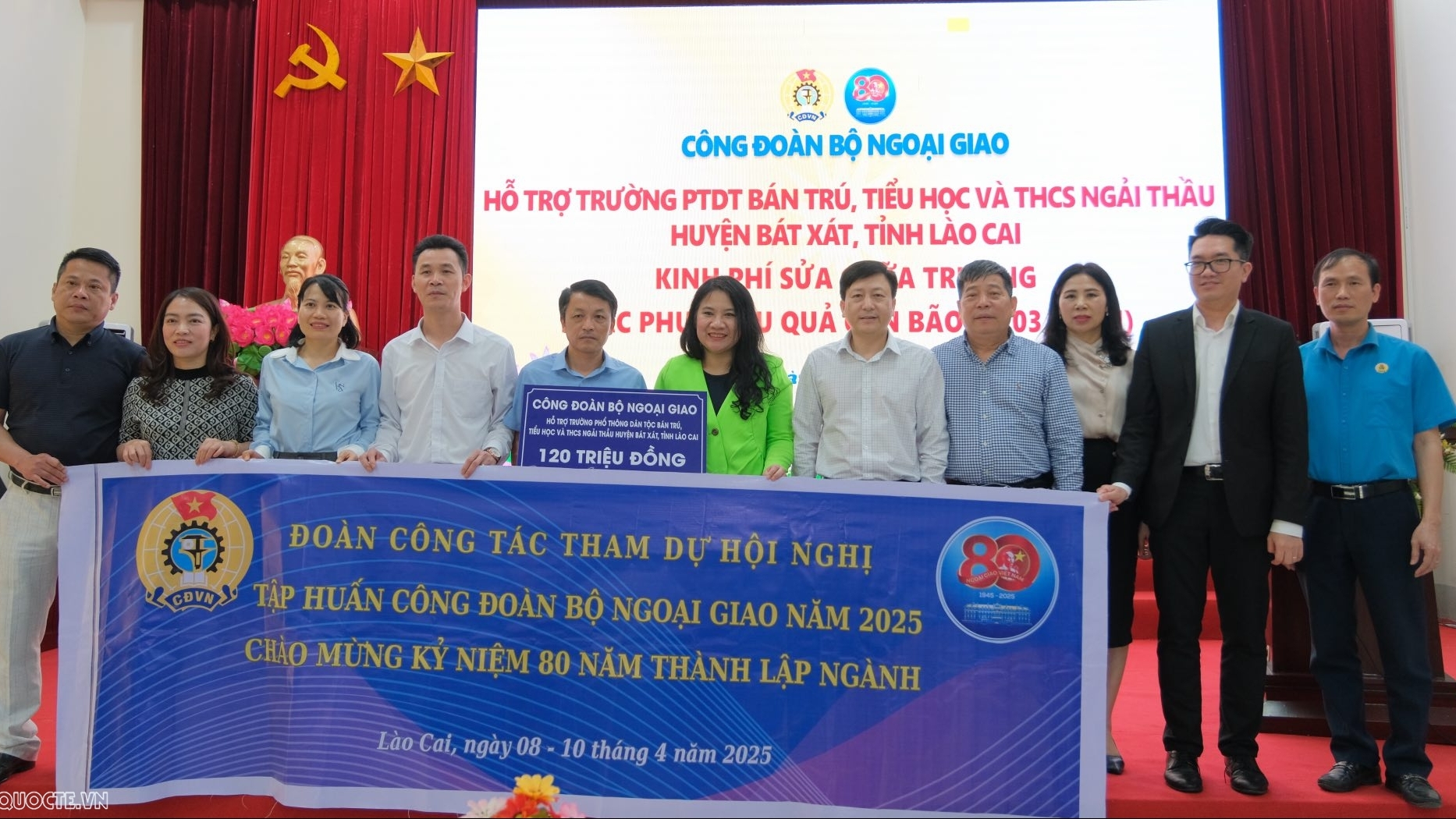
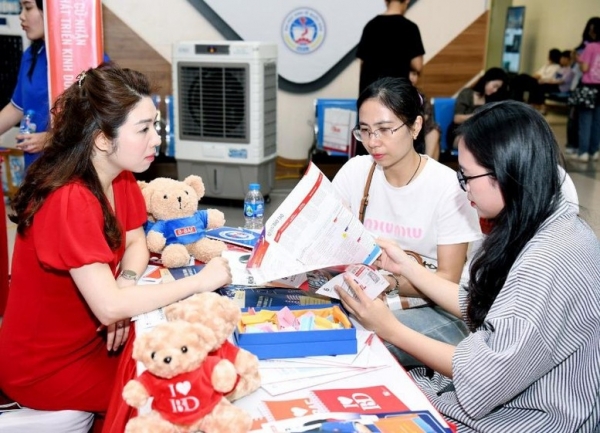
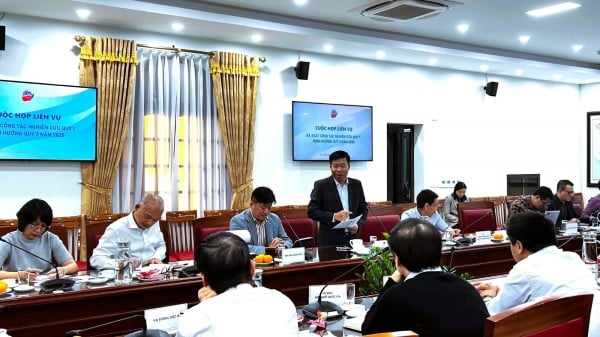
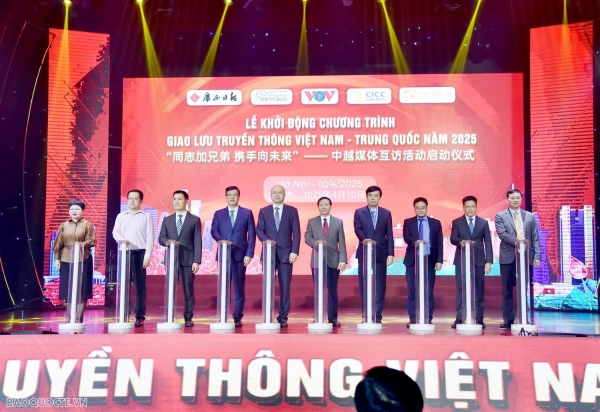




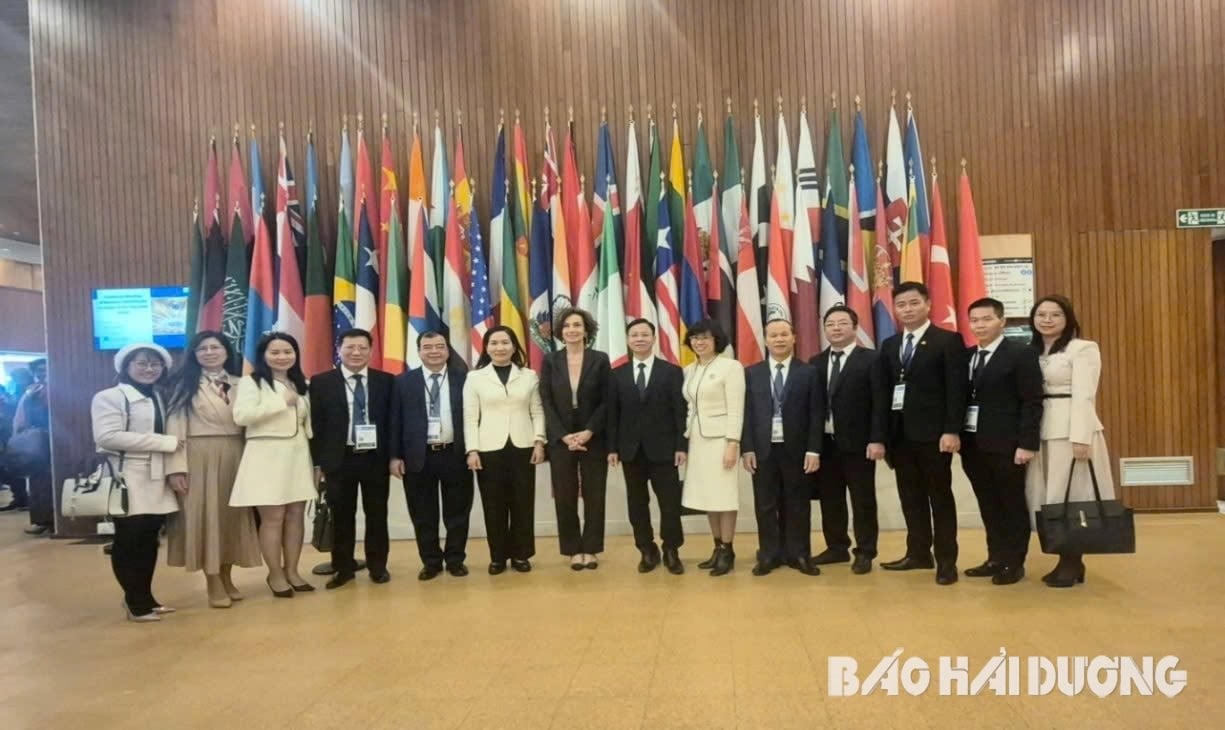










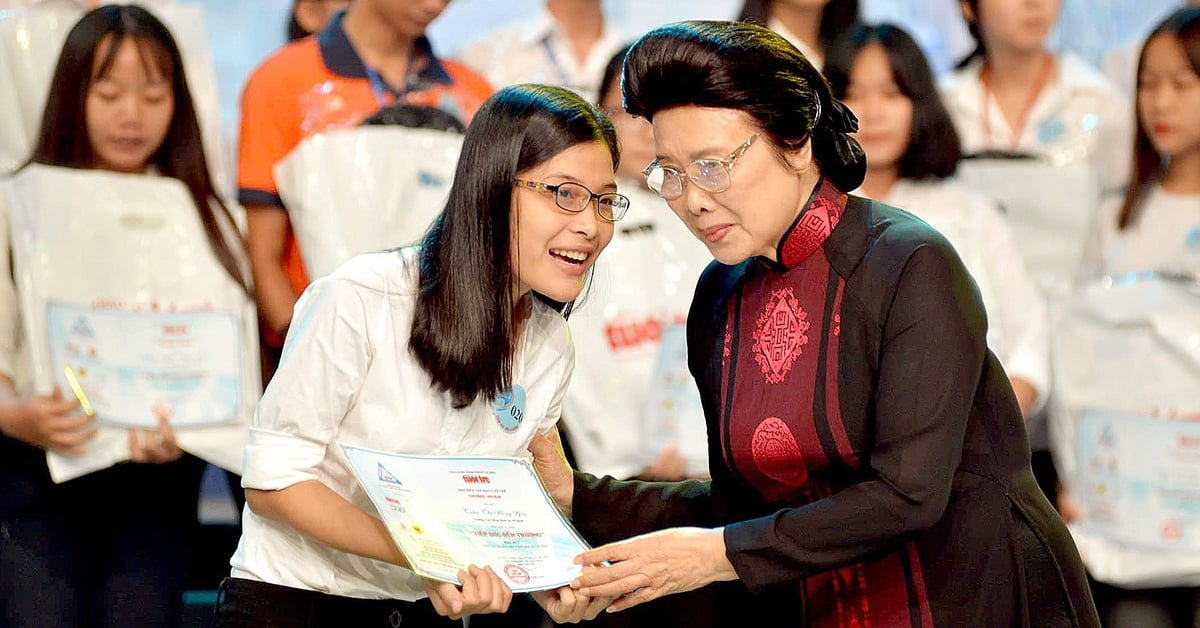






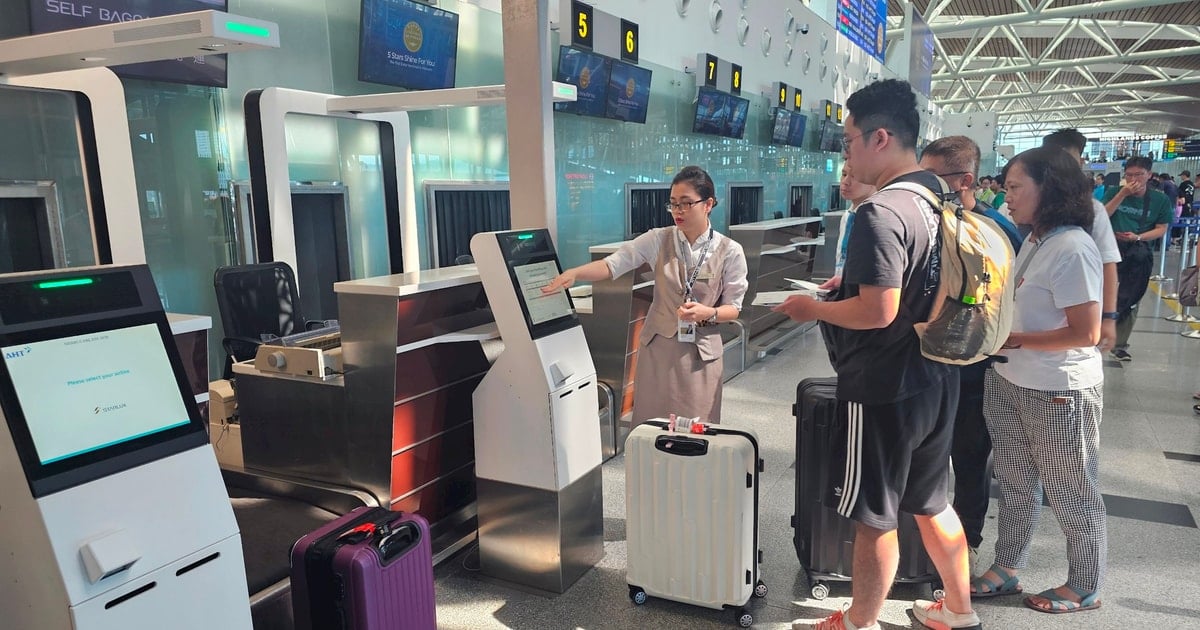


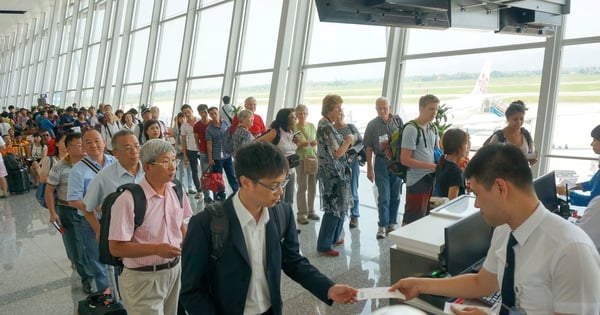


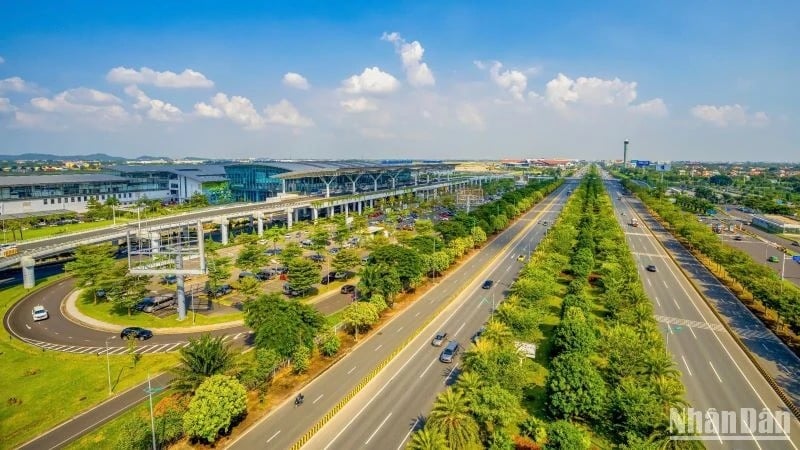



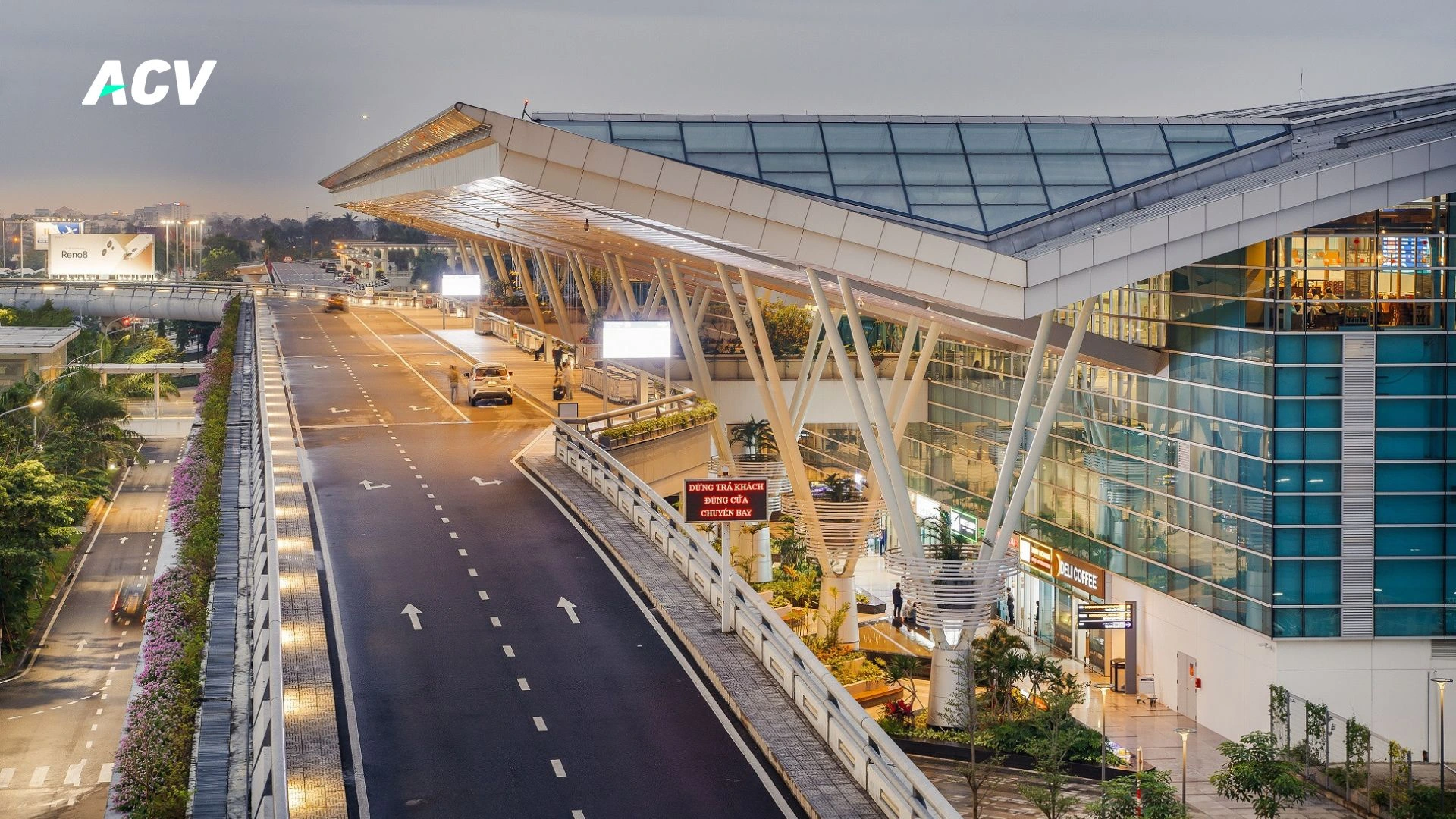

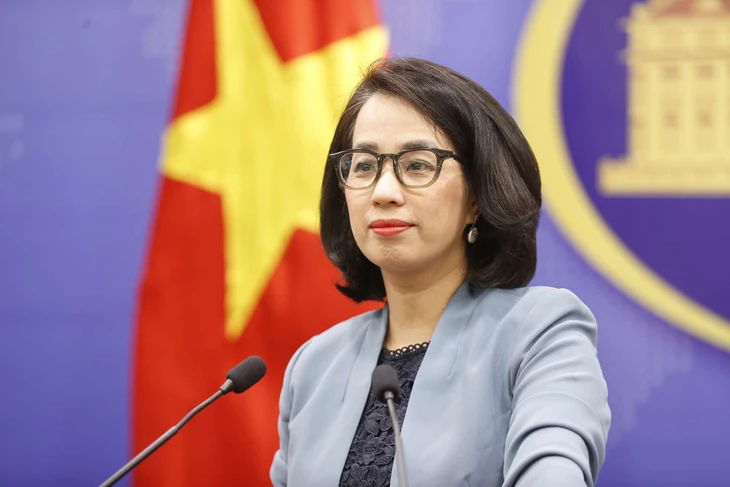

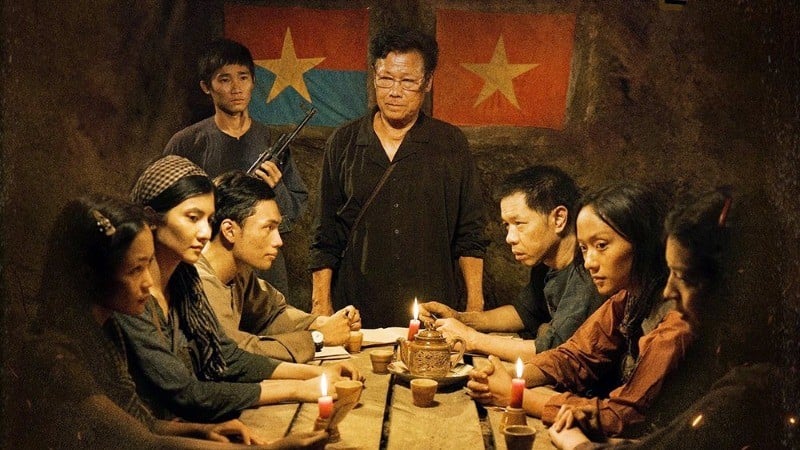



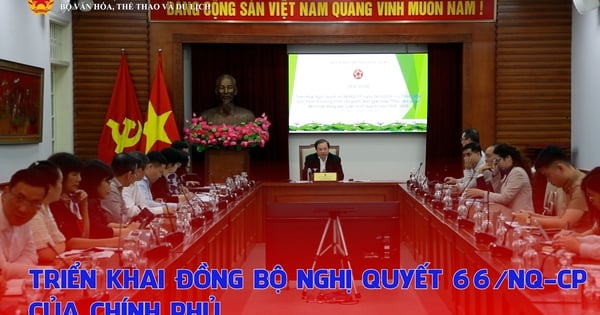

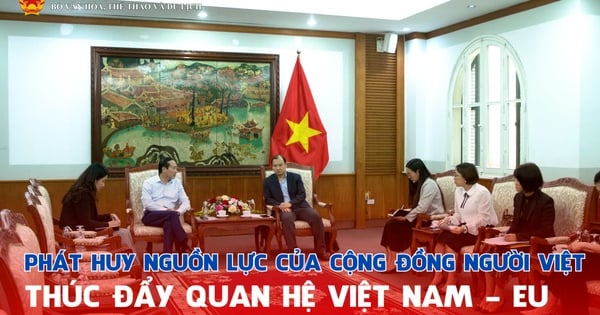
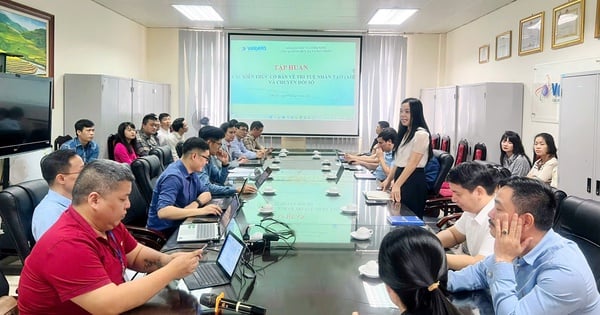

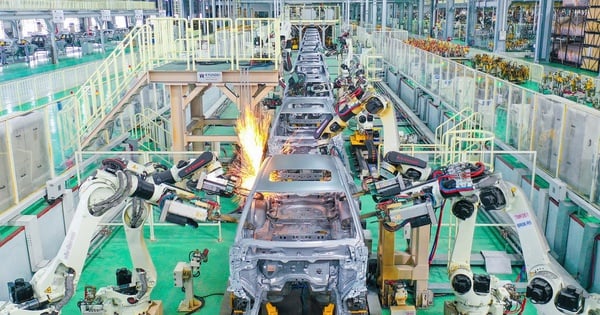
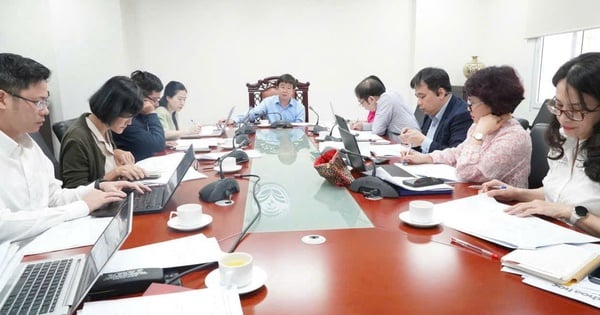
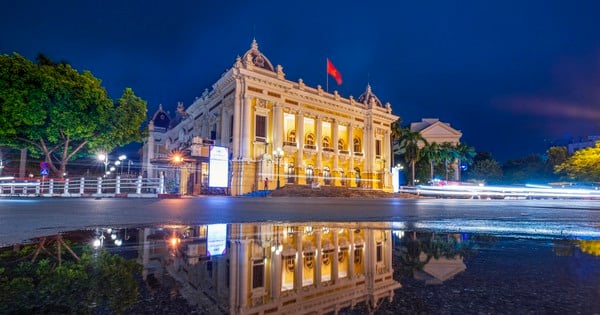
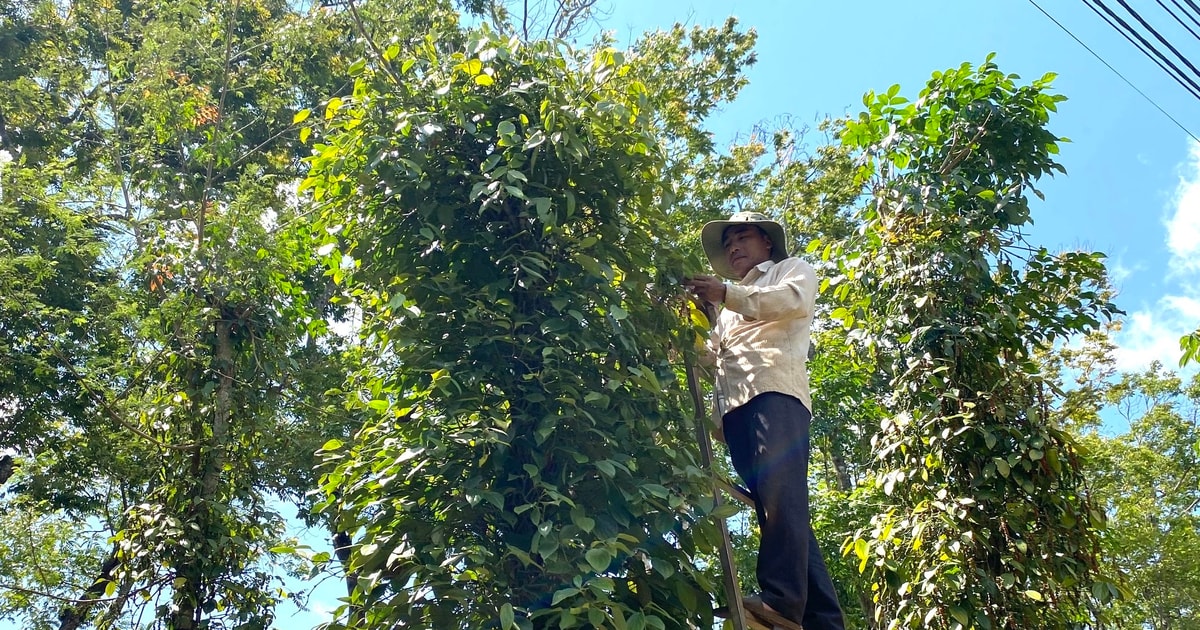

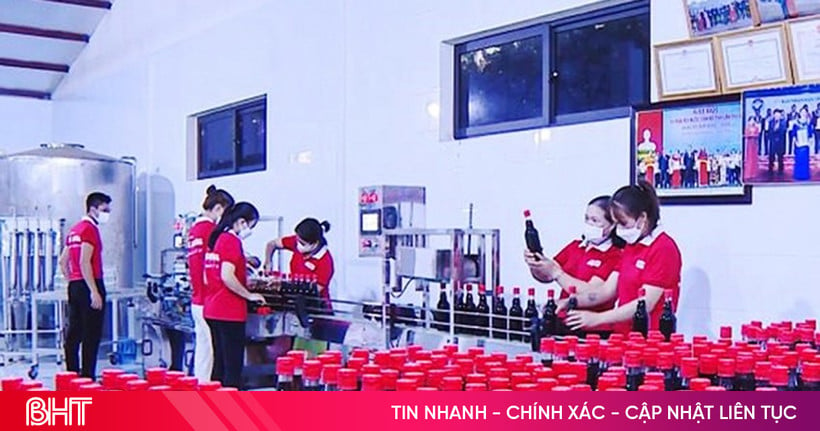

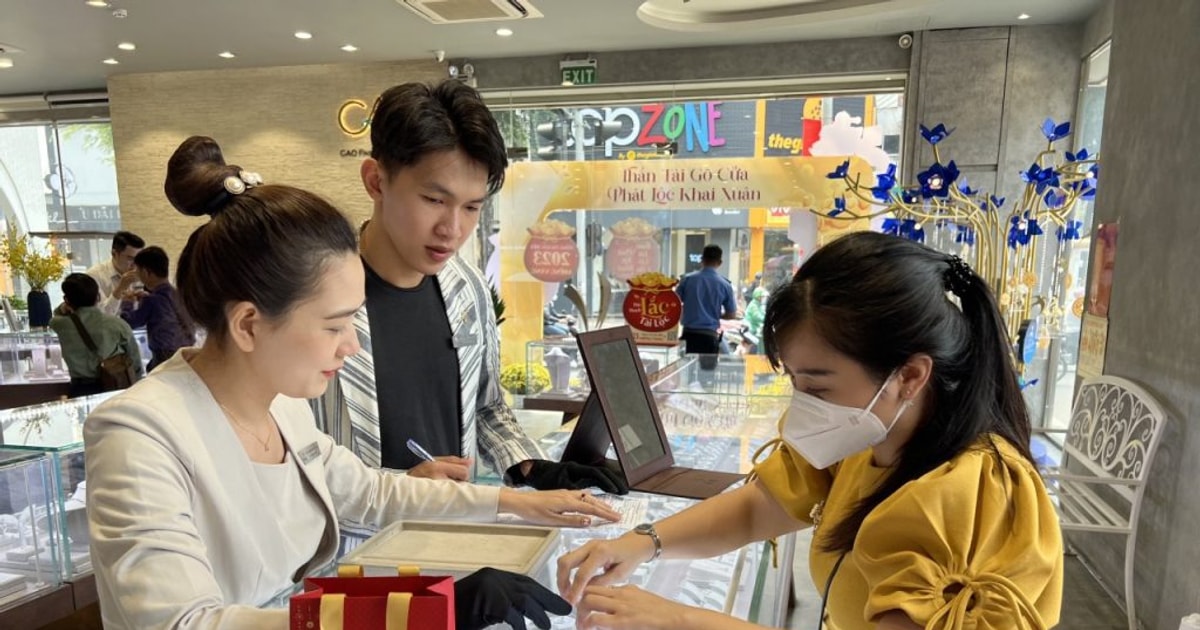
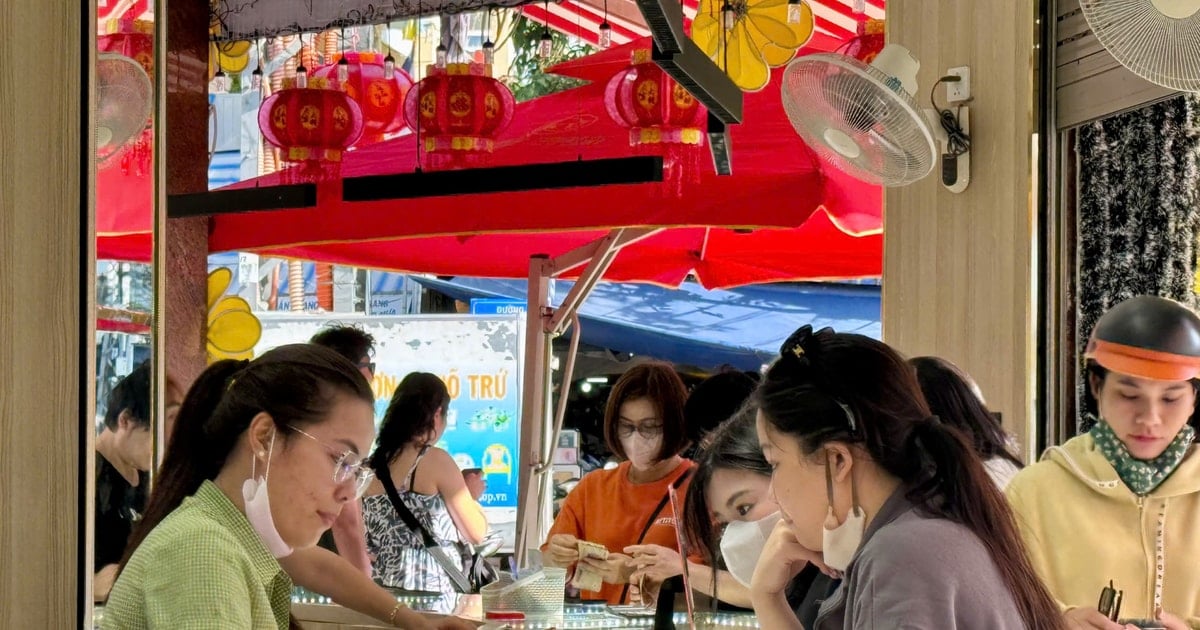
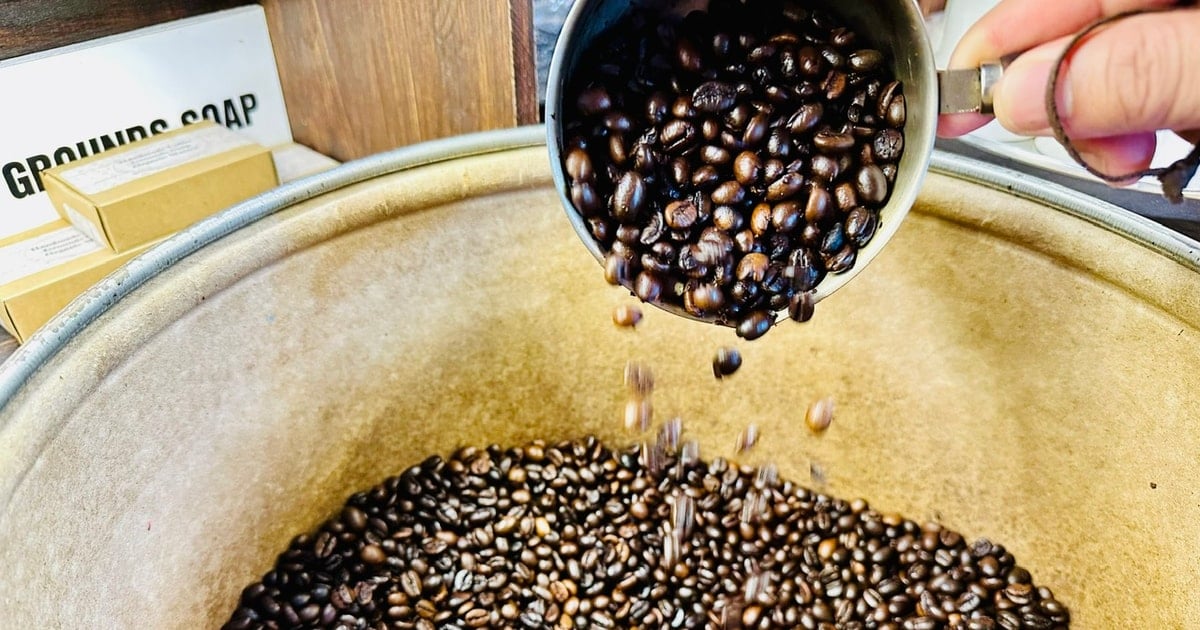

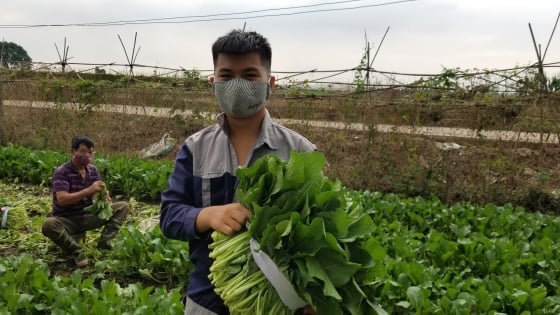
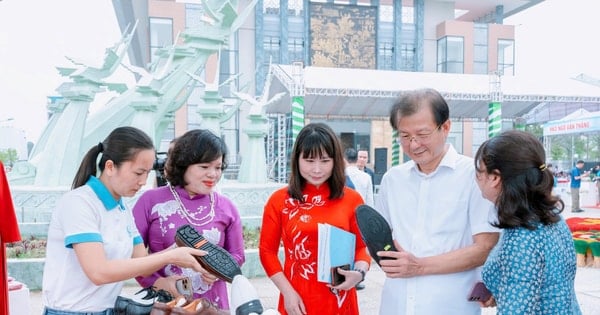



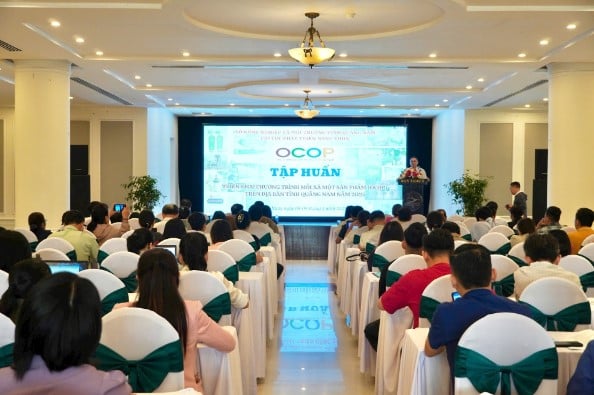
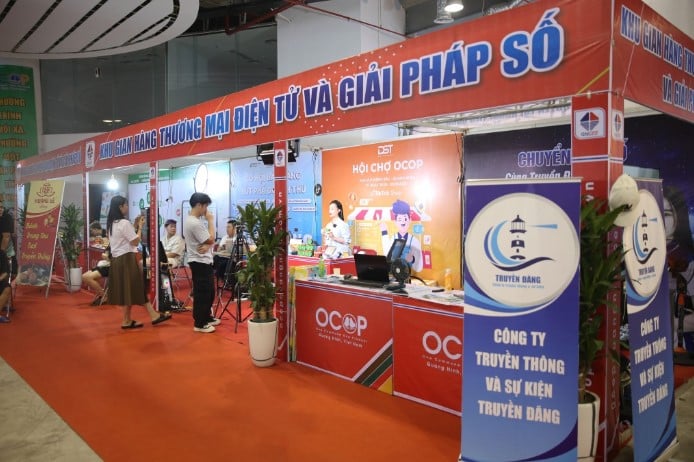
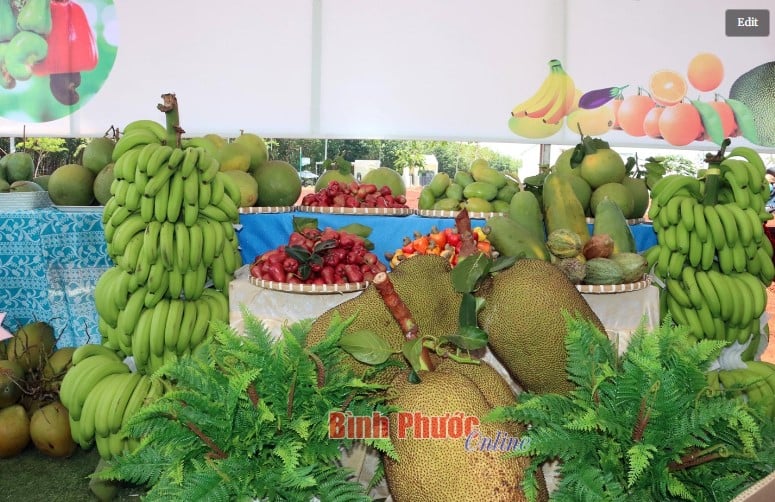
Comment (0)